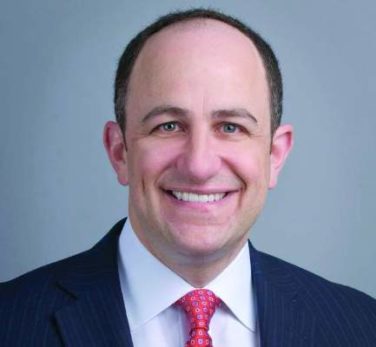FROM THE JOURNAL OF CLINICAL ONCOLOGY
The risk of chemotherapy toxicity is high in older adults with cancer, and a validated tool now exists to assess this toxicity in everyday practice to aid in clinical decision making, investigators reported.
To validate a previously developed model, investigators recruited 250 patients with solid tumors who were aged 65 years of age and older and scheduled to receive a new chemotherapy regimen, and compared results to 500 patients in the development cohort. Patients were observed through the chemotherapy course, and adverse events were obtained from chart review.
“In both the development and validation cohorts, this model had a greater ability to discriminate toxicity risk in older adults than did the present standard oncologic assessment of performance status, the KPS [Karnofsky Performance Status] score,” wrote Dr. Arti Hurria of the City of Hope Comprehensive Cancer Center and Beckman Research Institute, Duarte, Calif., and her associates (J Clin Oncol. 2016 May 16. doi: 10.1200/JCO.2015.65.4327).
“Hence, this study fills a gap in knowledge by developing a validated tool to assess chemotherapy toxicity risk among older adults who receive chemotherapy in everyday practice to aid in clinical decision making,” they said.
The predictive model incorporates factors obtained in everyday oncology (patient age, number and dosing regimen of chemotherapy drugs) with various factors pertaining to geriatric health, such as the number of falls in 6 months, ability to take one’s own medication, and mobility.
More than half of the patients in the validation cohort (58%) experienced grade 3-5 toxicity, compared with 53% of patients in the development cohort. In the validation cohort, risk of toxicity increased with increasing risk score from the predictive model and was statistically significant (36.7% in the low-risk group, 62.4% in the medium-risk group, and 70.2% in the high-risk group (P less than .001).
Physician-rated KPS was not predictive of chemotherapy toxicity in either development cohort (P = .19) or the validation cohort (P = .25).
The two cohorts differed significantly by cancer type and stage; the development cohort had more patients with gynecologic cancer (17% vs. 7% in the validation cohort) while breast cancer was more common in the validation cohort (24% vs 11% in the development cohort).
The validity of the model was assessed by creating receiver-operating characteristic curves and calculating the area under the curve. The area under the curve in the validation cohort (0.65; 95% confidence interval, 0.58-0.71) and the area under the curve in the developmental cohort (0.72; 95% CI, 0.68-0.77) were not statistically different (P = .09).
This study was supported by the National Institutes of Health, the National Institute on Aging, the Paul Beeson Career Development Award in Aging Research, the American Society of Clinical Oncology, the Association of Specialty Professors, and the Junior Development Award in Geriatric Oncology. Four of the investigators reported receiving funding from or having consulting or advisory roles with various companies.
On Twitter @JessCraig_OP



